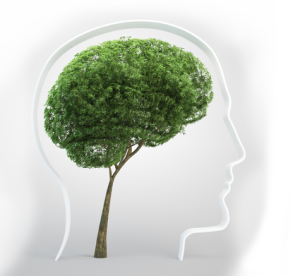The field of neuropsychology has long focused on the adult brain. Until recently, efforts have been made to better appreciate the child b rain. The adult brain is a highly specialized machine. Models of adult brain functioning have focused on special purpose, independently functioning models. When damaged, clinicians have continually attempted to localize and identify the specific areas of damage. While the adult framework can be informative about the end state of a development brain, its seems inappropriate for understanding developmental differences in children.
rain. The adult brain is a highly specialized machine. Models of adult brain functioning have focused on special purpose, independently functioning models. When damaged, clinicians have continually attempted to localize and identify the specific areas of damage. While the adult framework can be informative about the end state of a development brain, its seems inappropriate for understanding developmental differences in children.
The normal cortex of the infant brain is highly interconnected. Over time with input the child brain becomes more specialized and localized for function. In other words the child brain does not start out “specialized.” The child brain in interdependent on multiple regions of functioning. This inter connectivity means that a damage to the visual system may have cascading affects on the child’s vocabulary (Reed & Warner-Rogers, 2008). For purposes of diagnosis and intervention, it is important to appreciate how the current phenotype originated at the beginning of the developmental trajectory, as well as knowing where it will lead in the future of that developmental trajectory (Reed & Warner-Rogers, 2008).
To address the assessment needs of the developing child, Reed & Warner-Rogers (2008) have developed a five-step model which will help clinicians focus on the outset of the brain-based process. 1. Clarification, 2. History & Assessment, 3. Formulation, 4. Communication, 5. Monitoring & Reassessment. Every assessment should have this type of structure and time given to each step. In schools it’s often difficult to consistently monitor and reassess.
The extent to which performance on actual psychometric tests reflects “performance” in real life situations is often variable (Reed & Warner-Rogers, 2008). In the schools we have seen that a child who scores in the “normal” range on a particular measure may now show that same “normal” functioning outside the testing room. We must remember that neuropsychological tests are not intended to be diagnostic. Sattler (2001) has reminded us that psychometric assessment measures are meant to provide a standardized means of sampling behavior.
In other words, it’s not just about the numbers. The brain of a child is ever changing and extremely dynamic. A careful history of the child’s behavioral phenotype is extremely important to helping the child get better.

